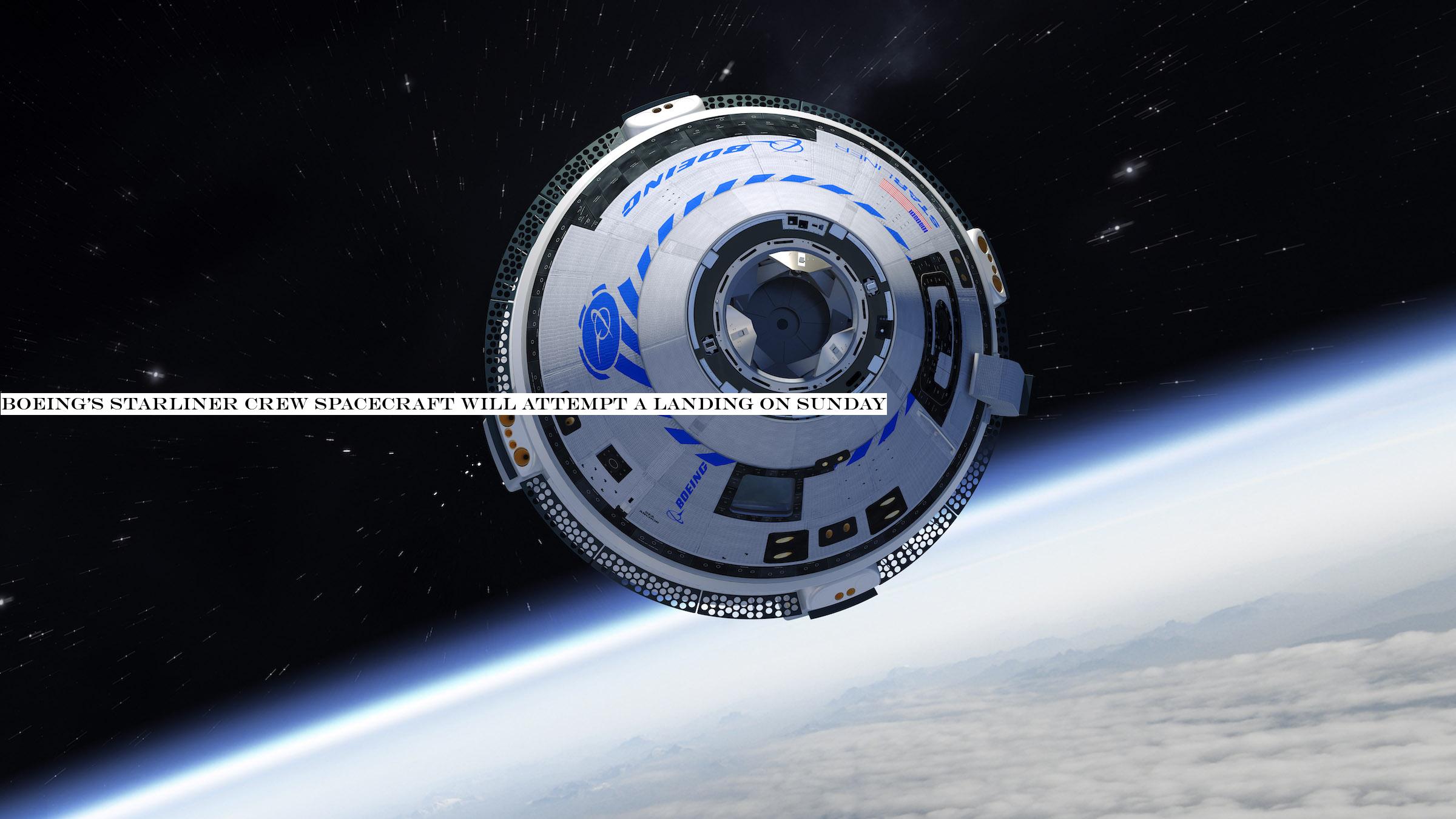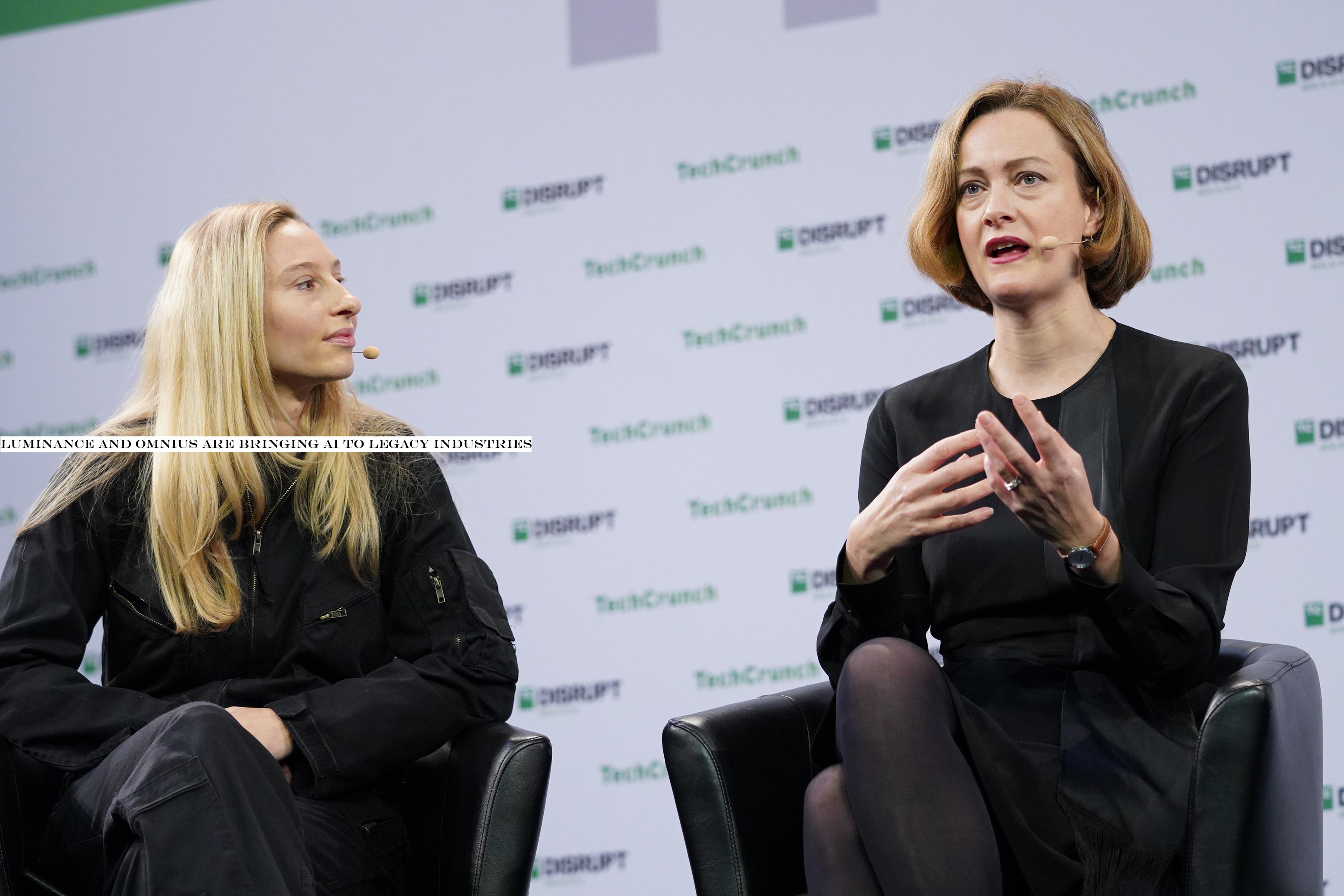Technology
Twitter has banned almost 6,000 accounts for being part of an alleged state-backed information operation originating in Saudi Arabia.
The social media network announced the bans
- Details
- Category: Technology
Read more: Twitter removes thousands of Saudi 'state-backed' accounts
Write comment (90 Comments)
- Details
- Category: Technology
Read more: Early Spotify backer TCV in talks with $7bn Revolut
Write comment (90 Comments)
- Details
- Category: Technology
Read more: Ursids Meteor Shower peaks tonight - how to see a shooting star from the UK
Write comment (91 Comments)
Boeing launched its Starliner CST-100 commercial crew spacecraft to the International Space Station (ISS) for the first time on Friday morning in an uncrewed test, and while an error with the onboard mission clock meant that the Starliner didn&t reach its target orbit as intended and subsequently didn&t have enough fuel on board to actually meet up and dock with the ISS, itstill doing as much testing as it can to complete other mission objectives. One of those objectives is landing the Starliner spacecraft, and Boeing and NASA have scheduled that landing for Sunday at 7:57 AM EST (4:57 AM PST).
The landing will take place at White Sands, New Mexico, and will involve a controlled de-orbit and descent of the Starliner capsule. The spacecraft will begin its de-orbit burn at 7:23 AM EST if all goes to plan, and NASA will begin a live broadcast of the entire landing attempt starting at 6:45 AM EST (3:45 AM PST) on Sunday morning if you want to tune in to the stream embedded below.
Boeing and NASA held a press conference today to provide updates about the mission status after the unplanned mission timer incident on Friday. Boeing SVP of Space and Launch Jim Chilton said during the conference that the team has managed to successfully run a number of its test objective with the mission despite the setback, including extending the docking system to see that it performs as expected, and testing the abort system on board the crew capsule.
The landing is another key test, and could even be more crucial to crew safety in terms of its execution. Both NASA and Boeing have said that were astronauts on board the Starliner during this mission, the mission clock timer incident that occurred would not have put them in any actual danger at any time. Problems with the automated landing sequence would be a different story, potentially & though astronauts are trained to do everything manually in case of any issues encountered while they&re actually in the spacecraft.
Should anything warrant skipping the first attempt at landing tomorrow, NASA and Boeing have a back-up landing opportunity about eight hours after the first. Tune in tomorrow to see how this spacecraft, which will still hopefully carry its first human passengers next year, does with its landing maneuvers.
- Details
- Category: Technology
Read more: Boeing’s Starliner crew spacecraft will attempt a landing on Sunday
Write comment (90 Comments)Artificial intelligence is a powerful tool, but itnot a magic wand. Applying the technology requires thought and dedication, especially with legacy industries like law and insurance, which are being taken on in this way by Luminance and Omnius respectively. The companies& founders, Emily Foges and Sofie Quidenus-Wahlforss, spoke with great insight on this on stage at Disrupt Berlin.
Luminance uses AI and natural language processing to help law firms process documents more quickly, not replacing the lawyer but providing additional intelligence and analysis of what may be hundreds or thousands of pages and saving time and money. Omnius applies AI not just to the text of insurance claims, but to the process of handling them, ensuring rapidity not only in documentation but in results like payouts.
Omnius has raised about $30 million in multiple small rounds and grants, while Luminance has raised some $23M mainly in its A and B rounds.
I&ve edited and contextualized our conversation here, but you can also watch the full panel below. I&ve made some slight changes for readability but left things mostly intact. Pull quotes belonging to Emily are on the left, Sofieare on the right.
The first thing I wanted to hear from the founders was why they chose these industries, and why now? After all, law and insurance are notoriously old-fashioned, some would even say backwards in many ways. How could they be sure this was an opportunity, and not a folly?
Emily Foges (Luminance): It had more to do with the capabilities of the technology, actually. We started with technology that can read a lot of language, and then we looked at what industry would benefit most from that. It was that way around.
I think the timing is 80 percent of the battle; The fact that the legal profession had got to a point of being ready to accept the use of that kind of technology was more luck than anything. But therebeen such an explosion in enterprise data that lawyers just can&t possibly cope with reading and all of the documentation that they need to — so the market was ready.

Sofie Quidenus-Wahlforss (Omnius): I think we come from a very similar background. We started on a horizontal level, with deep document understanding, and at some point we understood, if you really want to ship business value, you need to dive into one vertical.
We have different verticals to choose: manufacturing, legal, pharma… so then we were like, okay, which area is the biggest that is not transformed yet? And do we see decision makers aware of the of the need to do something? And do they have money?
The insuretech world is of course making a lot of pressure, all the new insurance companies like Lemonade, WeFox, Coya, because they claim to settle a claim in minutes. So the big guys like Alliance, they got nervous. And on the other hand you see, on the technology side, improvements in the areas of computing power, way more access to data, more flexible models. So we thought, the industry is ready, the technologyready, I was ready to build a big company. Itmy fourth company and I was like, this time I&ll build something huge. So everything fell into place.
They don&t call them legacy industries for nothing, though. These domains, and some companies, that have existed for decades or even a century or more. That means legacy systems and legacy people, to put it kindly, that may not be amenable to change. Emily had some surprising stats on that, while Sofie advocated an AI-like approach to classifying and selecting clients.
Emily: Some of them are more ready than others, and I think the ones who aren&t ready need to really catch up, because we got to critical mass really quickly. We&re only three and a half years old, but we&ve got 185 law firms around the world signed up. The interesting thing was the most ready people were the law firms outside of the UK, outside of the US. It was European law firms, APAC-based law firms, South and Central American law firms who got on board first. They were more ready because to be honest, the commercial pressure was greater. And then the pressure on the US and UK law firms came from them.
This is something I can really recommend for every startup trying to transform an industry from scratch: classifying your customers. We had 16-17 criteria, how we defined the companies we really want to spend time with.
And this is something I can really recommend for every startup trying to transform an industry from scratch: classifying your customers. Who is a laggard, who is an early adopter, who is early mainstream, is an innovator? Then we decided together with the board, okay, we&ll only focus on innovators and early adopters, and the rest should wait, or we can both wait for each other — but we cannot waste our time.
- Details
- Category: Technology
Read more: Luminance and Omnius are bringing AI to legacy industries
Write comment (92 Comments)Every once in a while on VC Twitter, a comment or statement seems so outlandish, so completely outrageous, that it must be — certainly has to be — false. Such as it was for Primary Ventures investor Jason Shuman, who commented on the recent prices for pitch deck advice in the Valley today:
You can almost hear that plaintive scream, &My mind is officially blown& (Shuman doesn&t scream, mind you). And indeed, in a world where more and more founders are worried about a bubble; assets are more, letsay, Notionally expensive than ever before; and everything just seems a little bit crazy these days, it seems downright, fucking insane to think that a PowerPoint file and some &thoughts& are worth tens of thousands of dollars, and a goddamn term sheet to boot.
But they are.
Or at the very least, they can be. And I say that as the guy who wrote an article last week entitled, &How to avoid the startup trap of the parasitic consultant.&
For sure, not every pitch deck consultant is worth top dollar, any more than not every croissant in New YorkWest Village is worth $10. But some are, and certainly an elect chosen set of consultants are worth every penny they demand.
The best consultants are not luxuries to plaster on your WeWorkwalls, but critical tools to invest in your startup. Framing a startupthesis, product, team, and market exactly right is a qualitative skill that can&t be learned from reading a book or scanning through a founder frienddeck or two. Get a single slide wrong, or hell, a single bullet point wrong and the whole thing can blow up in a pitch meeting in thirty seconds or less.
Trust me. As a former VC investor, I have gotten hung up on single sentences before. A founder has put their lifework into a company, synoptically condensed it to a handful of slides, and I am stuck on eight words. But those eight words make no sense, and once something doesn&t make sense, the whole edifice of excitement and confidence comes crashing down. Eight words — one badly chosen verb and adjective.
A good pitch deck consultant may barely move the needle on a fundraise, while a superstar may not just get you a better term sheet, they may fundamentally transform the entire course of your startuptrajectory. Those are the stakes.
And of course, itnot just pitch deck consultants who can do this. The right PR consultants can potentially get you traction that no one else can. The right sales consultants may lock in those critical early design customers that represent the difference between an orderly liquidation and a massive Series A. The right product marketing specialists or pricing experts may be what drives conversions and eliminates churn.
Whatso hard today for founders is that the Valley has indeed matured, and all these consultants and more are available. There are the hucksters and the tricksters, the bon vivants thriving on naive capital, the idiot clowns cloaked in their own compelling pitch decks.
But as the market has expanded for these services, at least some superstars are emerging from the marketplace, people who can offer more value for you in a week or two than the mediocrities can in a year.
Your job as founder is to constantly probe and find those diamonds, and get them working on your idea at any cost — even costs that might at times seem insane.
The thing with tech startups today is that they are built upon strata of superstardom. Superstar talents lead to superstar products, superstar VC capital, and ultimately, superstar exits. Superstar momentum is real. Yes, yes, yes, not every time, and every stage in the pipeline is multiplied by a stochastic chance of failure, for sure. But idiocy has rarely been a path to success.
And so as with all parts of innovation, itall about making the right investments in the right people and the right ideas. $50K or even $500K for a consultant won&t do anything if they are the wrong person working on the wrong idea — parasites are parasites after all. But leverage that early seed capital into the right people working on the right problems, and thatwhere the magic happens.
And so I can understand some of the outrage over these figures, as well as the lingering presumption behind them that VCs care more about a startupdeck than the underlying startup itself. Those frustrations are palpable and not insane, but letnot avoid the tough question: everything has some value attached to it. It shouldn&t surprise anyone that top experts in their fields, who understand their own leverage, would take advantage of their expertise and drive their own prices higher.
Paying tens of thousands of dollars for a pitch deck consultant isn&t a prerequisite for securing a venture capital round. There are founders whose entire skill is securing capital for their companies who have never paid a penny for this skill.
Yet ultimately, all early-stage startups face the same challenge: too many activities, too little time. Something, somewhere is going to have to get outsourced today and the quality of that external work is largely going to be determined by how much you are willing to pay for it. What you choose to spend whatever capital you have will determine the trajectory of your startup. So whether it is pitch decks or another activity, never blink from those top dollars. It may very well be what gets you the top dollar in the end.
- Details
- Category: Technology
Read more: Should you pay $50K for your pitch deck Yes, why the hell not
Write comment (99 Comments)Page 66 of 5614

 12
12
 (@BoatShuman) December 20, 2019
(@BoatShuman) December 20, 2019